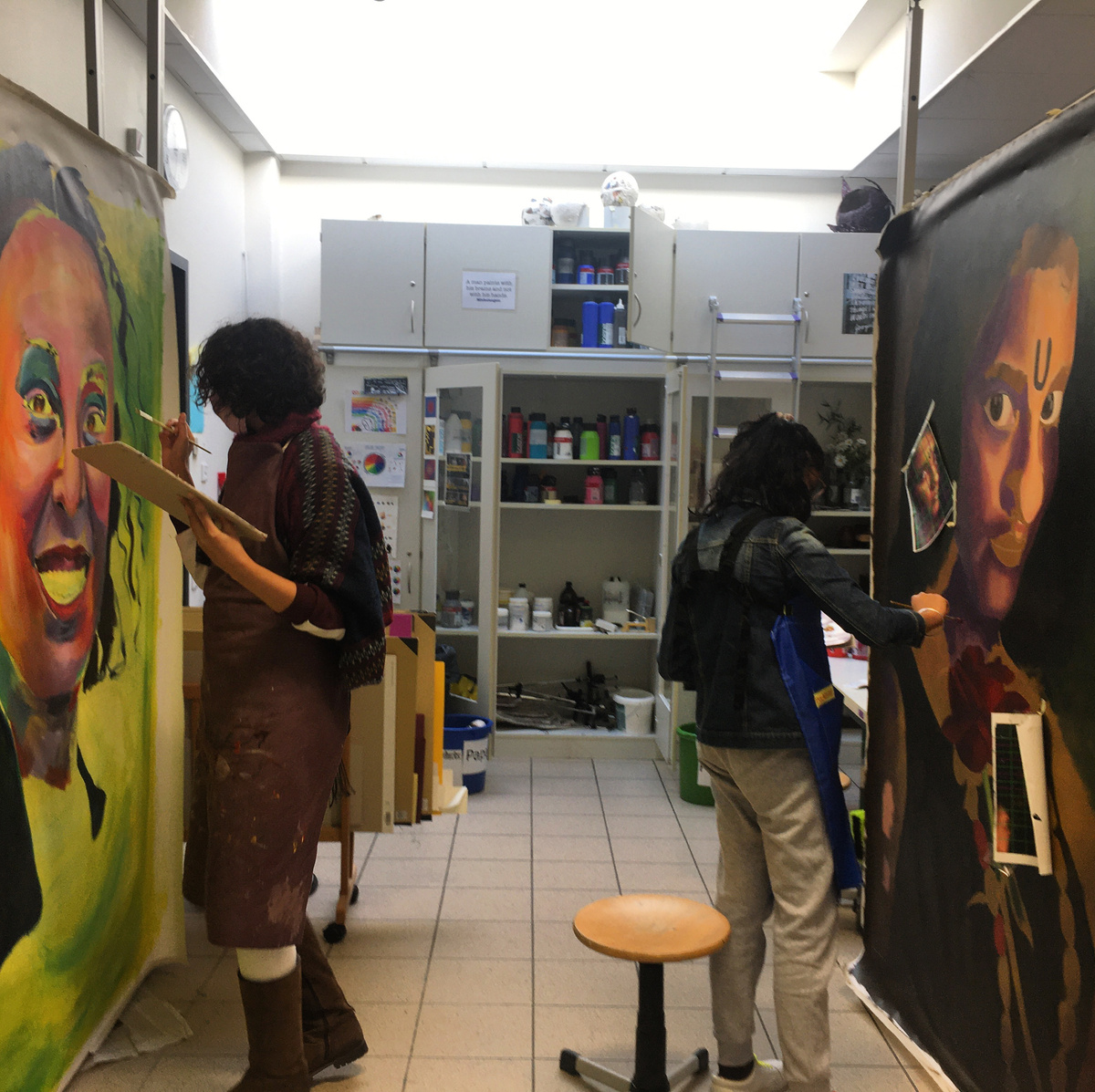
These are some guidelines to help you start creating an art portfolio.
Pay close attention to the individual requirements for each school.
Content: The portfolio should showcase a range of works that demonstrate the student's skills and abilities, including drawings, paintings, sculptures, photographs, or other types of art. It's important to include works that show the student's strengths, as well as works that show the student's experimentation and growth.
Most schools ask for:
- 12 to 20 examples of any type of two- or three dimensional recent work.
- Work from direct observation (Drawing what you see in real life…not from a photo)
- The work reflects your ideas, interests, experience and abilities in the arts to date.
- Range of media, skills and approaches
- May be finished or in sketch form
- Maybe the result of an assigned class project or a self-directed exploration.
- Clear and organized (chronological or as a mini art exhibition?)
- Reproduce and submit 2-3 pages from your journal or sketchbook to indicate your process of research, thinking or investigation.
- Some schools require a home exam. Where you to complete a specific artwork(s) in addition to your portfolio. RISD is one of those schools.
Quality: The portfolio should showcase high-quality works that have been well thought out and executed. The portfolio should also be visually appealing, with a clean and professional design.
Relevance: The portfolio should demonstrate the student's understanding of the art form they are pursuing, such as painting, drawing, or graphic design. It's important to include works that show the student's understanding of color, form, composition, and other key elements of art.
Diversity: The portfolio should showcase a range of works that demonstrate the student's diverse interests and skills, including works that show the student's experimentation with different mediums, styles, and techniques.
Preparation: The portfolio should be well-prepared, with high-quality images or scans of the student's works. It's important to take the time to carefully edit and curate the portfolio, removing works that are not up to the student's standards.
Presentation: The portfolio should be presented in a professional and organized manner, with clear and concise explanations of the works included. It's also important to consider the format of the portfolio, whether it's a physical portfolio or an online portfolio.
Reflection: The portfolio should include a reflection or artist's statement that provides insight into the student's artistic goals, motivations, and influences. This can help the admissions committee understand the student's unique perspective and approach to art.
